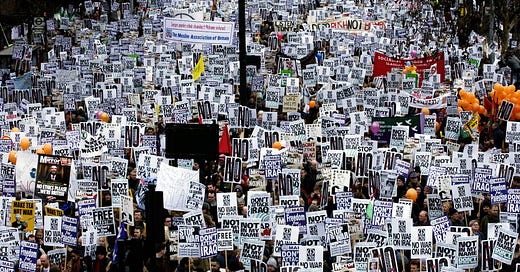I don’t know why I’m surprised that I haven’t been able to translate into language what the experience of this recent profound wandering has been in my life. Though I want to write about how it was out there, my body hasn’t been able to process much of what happened. Except that this journey was profound, and one definition of that word is extending far…
Keep reading with a 7-day free trial
Subscribe to Wanderland to keep reading this post and get 7 days of free access to the full post archives.



